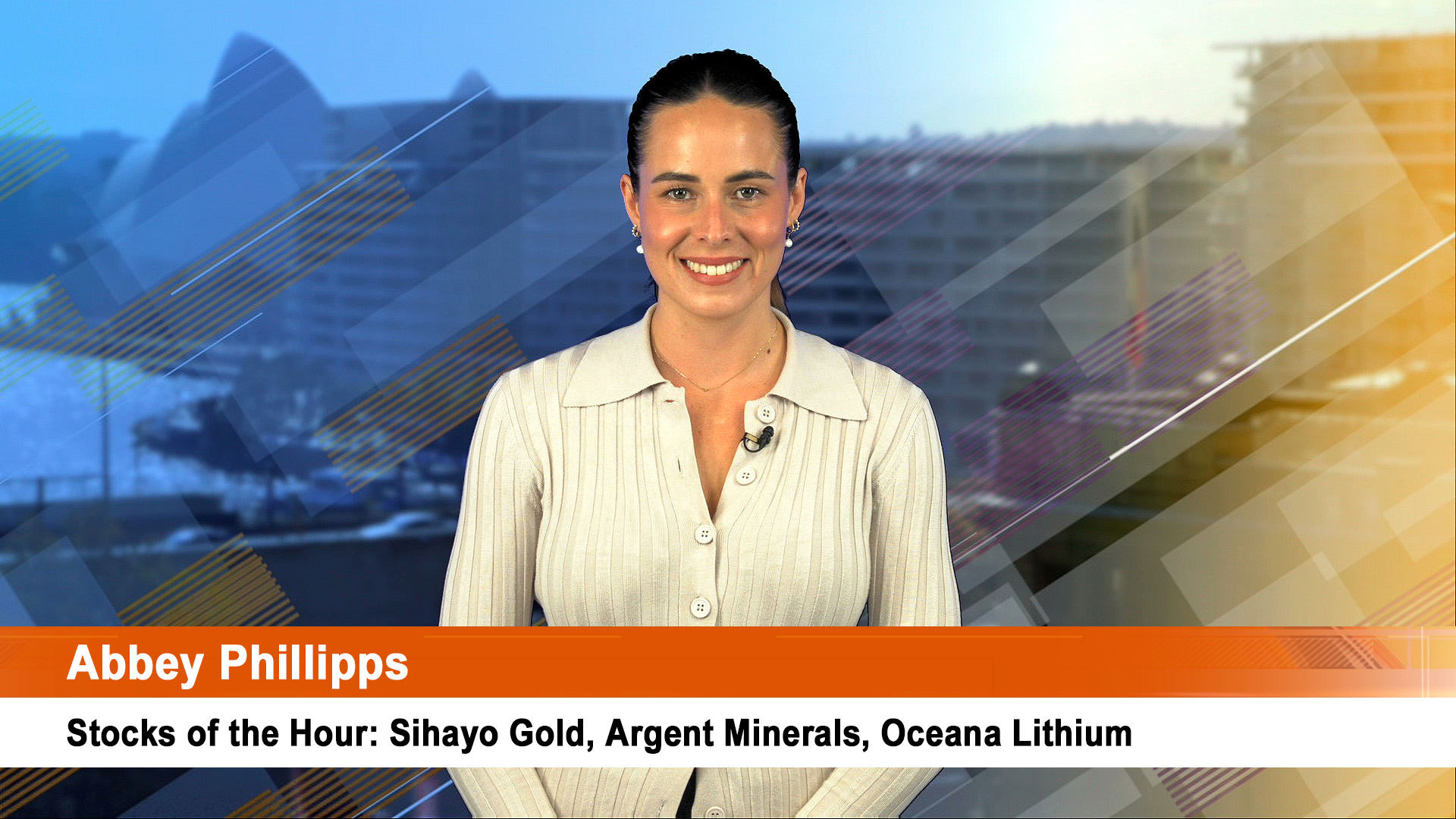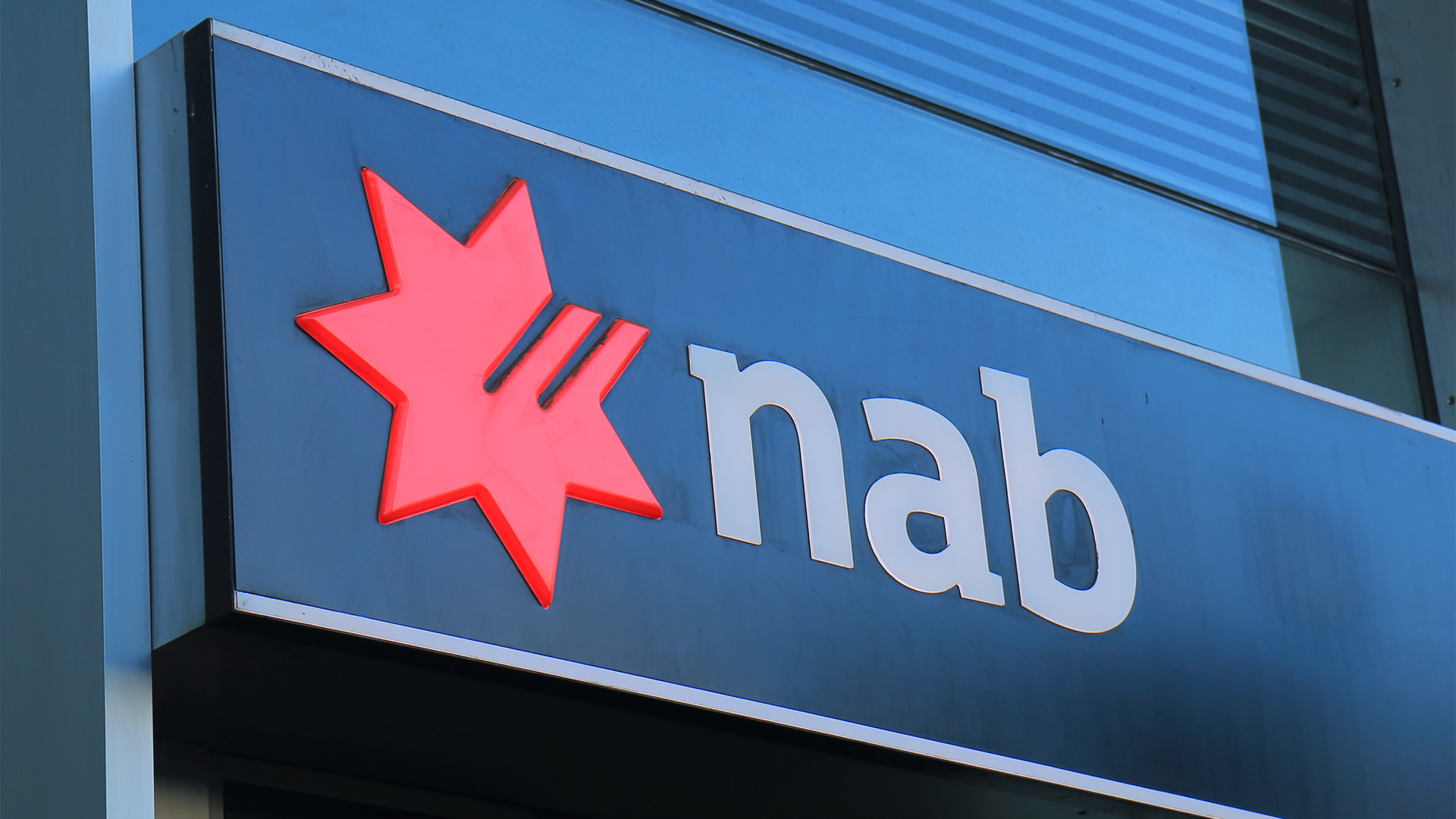A gloomy outlook for the Australian housing industry for the rest of the 2007 financial year and for 2007-08.
The number of new dwellings commenced Australia-wide fell four per cent to 150,577 in 2005/06 and industry analyst and forecaster, BIS Shrapnel, predicts a further drop of three per cent to 146,400 in 2006/07.
The firm also says it sees a slight dip in the 2007-08 figure but it will be more of a steadying rather than a lurch downwards.
At 146,000 or so, the number of new dwelling starts is around 30,000 less than considered optimal by the housing industry which says Australia now needs more than 175,000 starts a year to meet demand.
The steadying influence in 2007-08 will come from a recovery in starts in Queensland and NSW which will offset the much forecast downturn in Western Australia.
BIS Shrapnel senior project manager and bulletin author, Mr Jason Anderson, said “We are forecasting that national dwelling commencements will hold steady at 145,800 in 2007/08”.
Business forecaster, BIS Shrapnel believes there will be a three per cent drop in the number of dwelling starts across Australia in 2006-07.
According to the April edition of BIS Shrapnel’s Building Industry Prospects bulletin, the level of underlying demand and the national dwelling stock deficiency indicates a larger number of national dwelling commencements are warranted.
The forecast for 2007-08 isn good news for the property and building materials giants supplying the industry.
The likes of Boral, Brickworks, Hansen, Rinker, Alesco Corp and others will all face additional pressure on margins and sales. They have been battling the depressed state of demand now for the best part of two years, so it could be 18 months to two years more of patchy recovery.
“New South Wales and Queensland dwelling commencements will recover in 2007/08, but the affordability millstone is weighing down demand for new dwellings in Western Australia and we expect that market will experience a downturn in 2007/08,” Anderson said.
With housing affordability set to gradually improve in the eastern states, BIS Shrapnel expects the strength of underlying demand will become the key driver of dwelling commencement activity in 2007/08 and beyond.
In particular, substantial pent-up demand for new dwellings in New South Wales and Queensland should mean these states have the best prospects for expansion, according to the Building Industry Prospects bulletin.
Anderson explains this is due to the higher level of underlying demand for new dwellings, which has received a strong boost from net overseas migration. “Australia’s population gain through overseas migration should reach 140,000 persons in 2006/07, which would be the highest annual inflow since 1988/89.
“More than half of this population gain is from long-term visitors, such as students and people on working visas. Long-term visitors are creating a greater level of demand for rental properties, which is reflected in very tight rental markets nationwide.
“The rising population gain through net overseas migration will help push national underlying demand for new dwellings up to 169,400 per annum over the next five years.”
With rental markets tightening, BIS Shrapnel expects rentals will accelerate, which will eventually attract investors back to residential property.
The recent indications are that investor demand in Queensland is rising, due to the combination of price growth and solid rental yields, following strong average rental growth in 2005 and 2006. Investor demand in New South Wales and Victoria remains weak, however, as rental growth has only begun to accelerate in these states.
BIS Shrapnel doesn’t expect that investor financed construction of dwellings will rebound in New South Wales or Victoria until 2008/09.
BIS Shrapnel believes the outlook for Western Australia, however, is quite different to the current prospects in the eastern states.
The problem of housing affordability spread to the west during 2006 and has begun to hinder demand for new dwellings in that state, according to Anderson. As a result, a downturn in dwelling construction in Western Australia is forecast to develop in 2007 and then deepen in 2008.
New South Wales
BIS Shrapnel forecasts dwelling commencements in New South Wales will drop by nine per cent to 29,150 in 2006/07. This would be the first time the number of commencements has fallen below 30,000 since 1958/59. BIS Shrapnel forecasts a rebound of eight per cent for 2007/08, though believes the New South Wales market will remain fundamentally undersupplied.
Victoria
Dwelling commencements fell in Victoria in 2005/06 and BIS Shrapnel forecasts a similar five per cent decline for 2006/07 followed by a further two per cent decline in 2007/08.
Anderson suspects there was some pull-forward of dwelling commencements into 2005 and 2006, associated with the reduction of the First Home Bonus to $3,000 at the start of 2006.
Last year’s interest rate rises have also dampened investor demand for new dwellings, which has resulted in an extended decline in the number of apartment projects, according to BIS Shrapnel.
Overall, BIS Shrapnel expects demand for new detached houses will remain close to flat in 2006/07 and 2007/08.
Queensland
A solid recovery in dwelling construction is underway in Queensland. BIS Shrapnel forecasts dwelling commencements will rise three per cent in 2006/07 and five per cent in 2007/08.
With a very substantial dwelling stock deficiency and reasonable affordability, Anderson predicts demand for new dwellings will recover first in Queensland.
South Australia
Dwelling commencements should be close to steady in South Australia in 2006/07, according to BIS Shrapnel estimates. In 2007/08, Anderson forecasts an eight per cent decrease in total commencements in that













